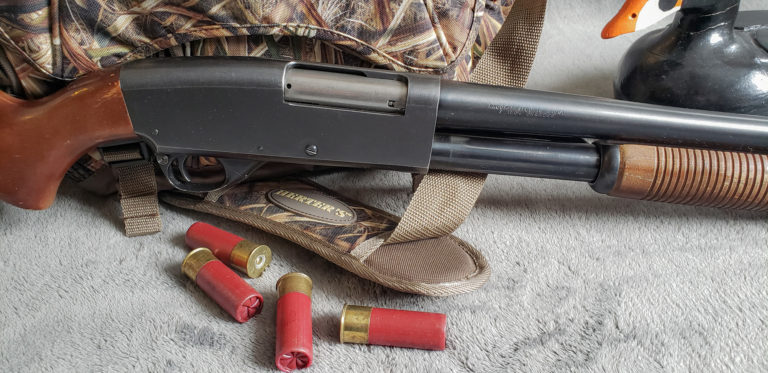
When it comes to vintage pump-action shotguns, the Winchester Model 12 gets almost all the glory, with some minor applause for the Ithaca 37. Both shotguns served sportsmen well for decades, and also served the US military in combat roles, perhaps most visibly in the Vietnam War. Even though both shotguns were designed decades ago, they’re still desirable to shooters and collectors today, because of their history, their craftsmanship and their usability.
It almost makes you feel sorry for Savage’s Model 67, 77 and 30 pump-action shotguns, because they were right there in the thick of it in ‘Nam, and served thousands of hunters, but almost nobody remembers or wants them today.
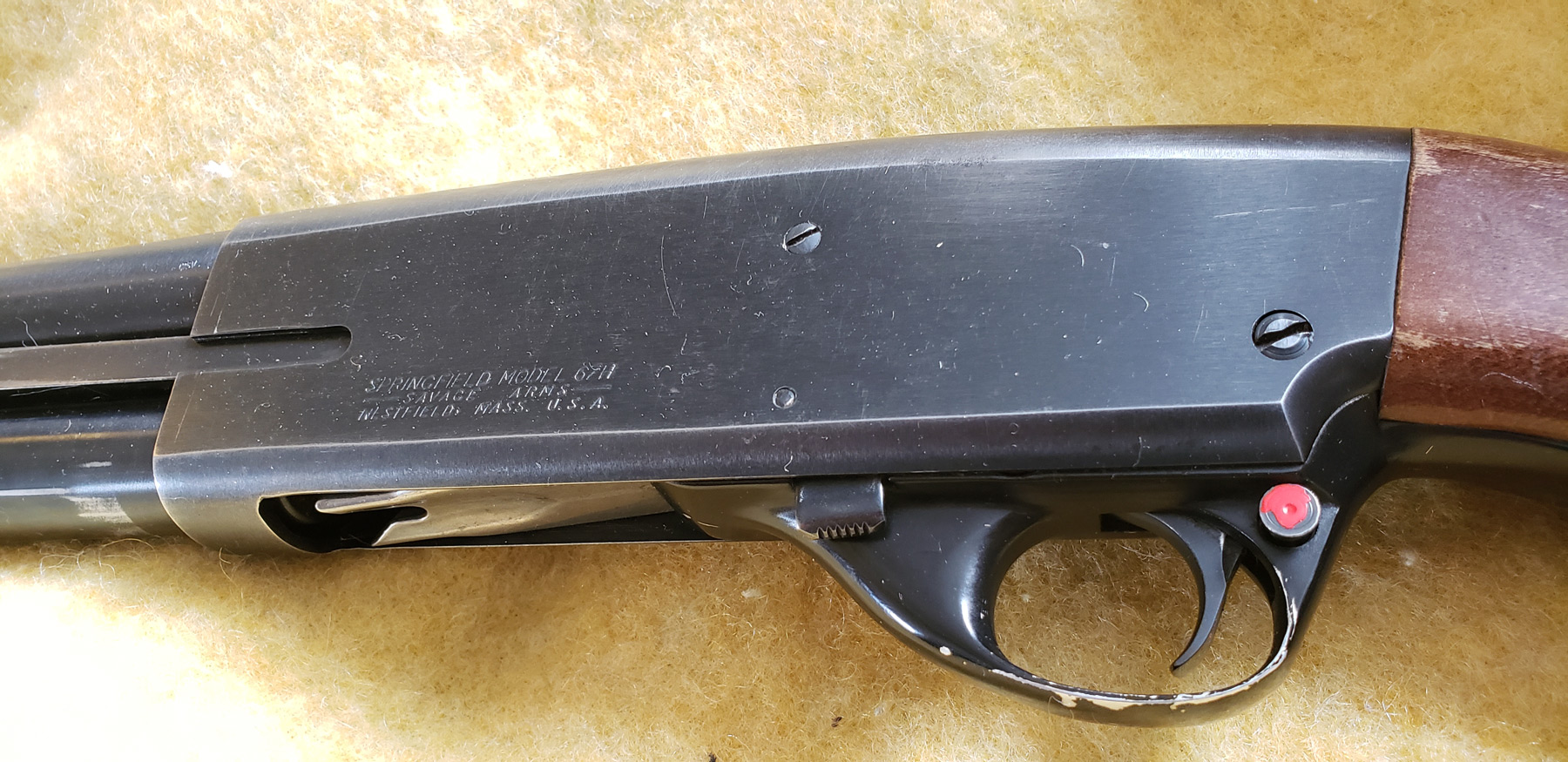
This series of pump-actions kicked off in the 1950s, when the Savage conglomerate re-focused on the hunting shotgun market. Savage and its associated brands built single-shot and double-barrel shotguns before World War II, and even manufactured John Browning-designed repeaters. None of the pumps or semi-autos achieved lasting sales success, and Savage wanted to change that. The plan was to bring in a new design and sell it at every price point, from high-end sporting shotguns to economy-grade hardware store models. Savage had bought out competing brands for decades and released the new shotgun under several of those names, including the Hiawatha and Springfield marques. Canadian outfit CIL even sold them, as the Model 607. The shotgun seen here is a Springfield Model 67.
Until the 1950s, American manufacturers mostly made shotguns out of steel and wood, with machined innards--no aluminum receivers here, thanks very much! So, that’s what Savage did, with a steel-receiver scattergun initially available in 12 or 20 gauge. Unfortunately, the new pump-action shotgun had neither the quality of the Model 12 and its classic counterparts, nor did it have the longevity of the Remington 870 and other newer shotguns that were just coming onto the market.
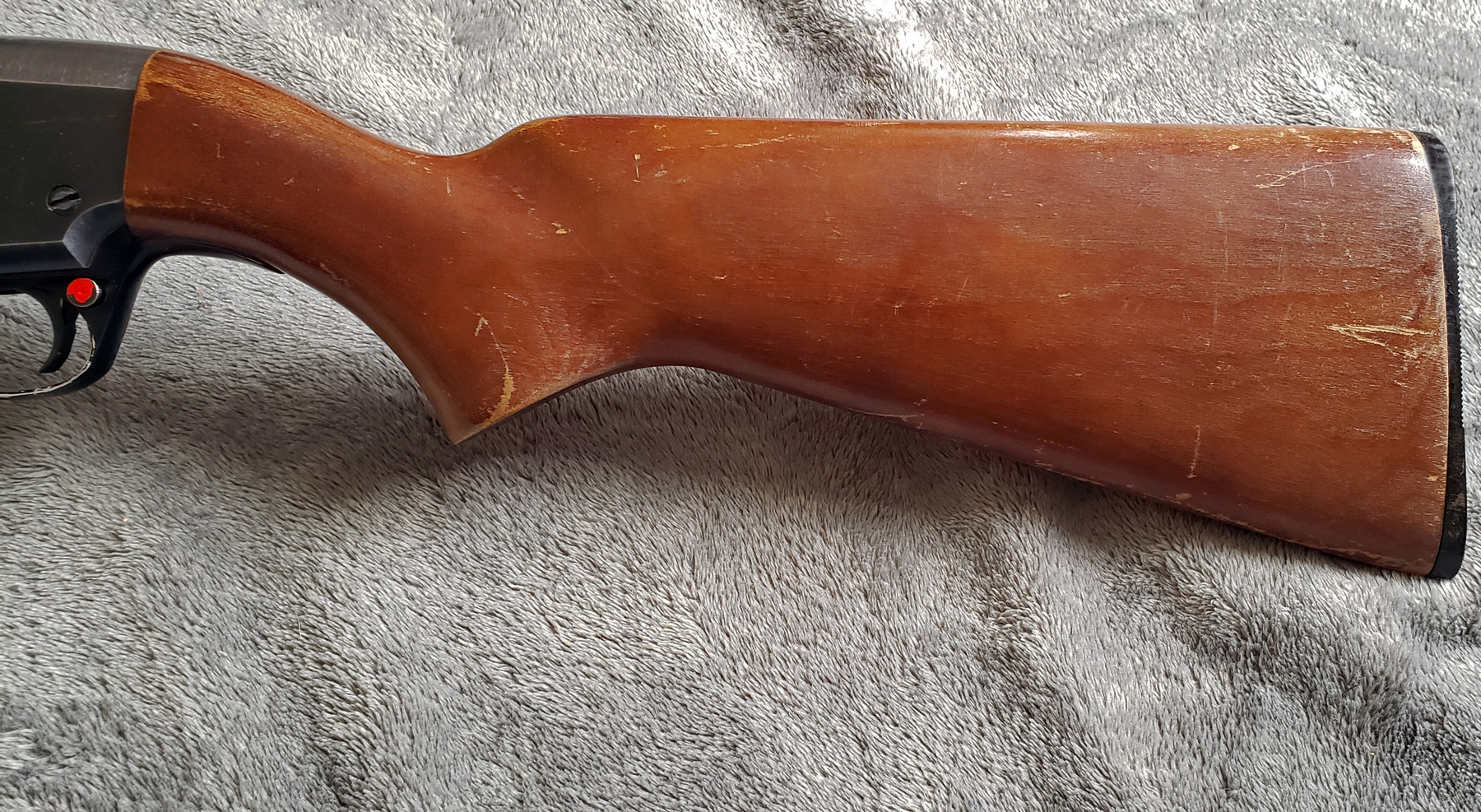
In its earlier years, Savage’s new shotgun did seem to be better-made, and better-regarded. When this shotgun debuted, its single action-bar setup wasn’t so unusual; that’s how most pump-action shotguns were set up. The barrel threaded into the receiver, and couldn’t be removed by simply unscrewing the magazine endcap. So what? In those days, multi-barrrel packages weren’t big sellers anyway.
Even now, if you find an older model, they usually feel solid enough. When you work the action on this Springfield 67, it’s still got that steel-on-steel tightness in the receiver. You won’t get that same impression from an older Winchester 1200 or Mossberg 500 with an aluminum receiver.
In a way, you could lump this Springfield 67 in with those shotguns, as they were all made to grab sales at the low end of the market. The difference was, while the Winchester and Mossberg weren’t finely-made shotguns like the pump guns of the 1930s and 1940s, they were still serviceable. They rarely jammed; when they broke, they were easy to fix. The Springfield 67 and other Savage-built variants didn’t have that solid reputation. Although they’re actually not too difficult to repair, they tended to confuse and frustrate amateur gunsmiths, and as the years went on, there was more and more gunsmithing to do on these shotguns. The generally-held wisdom is that Savage cut too many corners in production, to keep price on par with the competition, and the result was truly terrible shotguns later in production, especially on the department store models. The whole action, from the lifter to the bolt lock mechanism and even the firing pin was known for its poor quality.
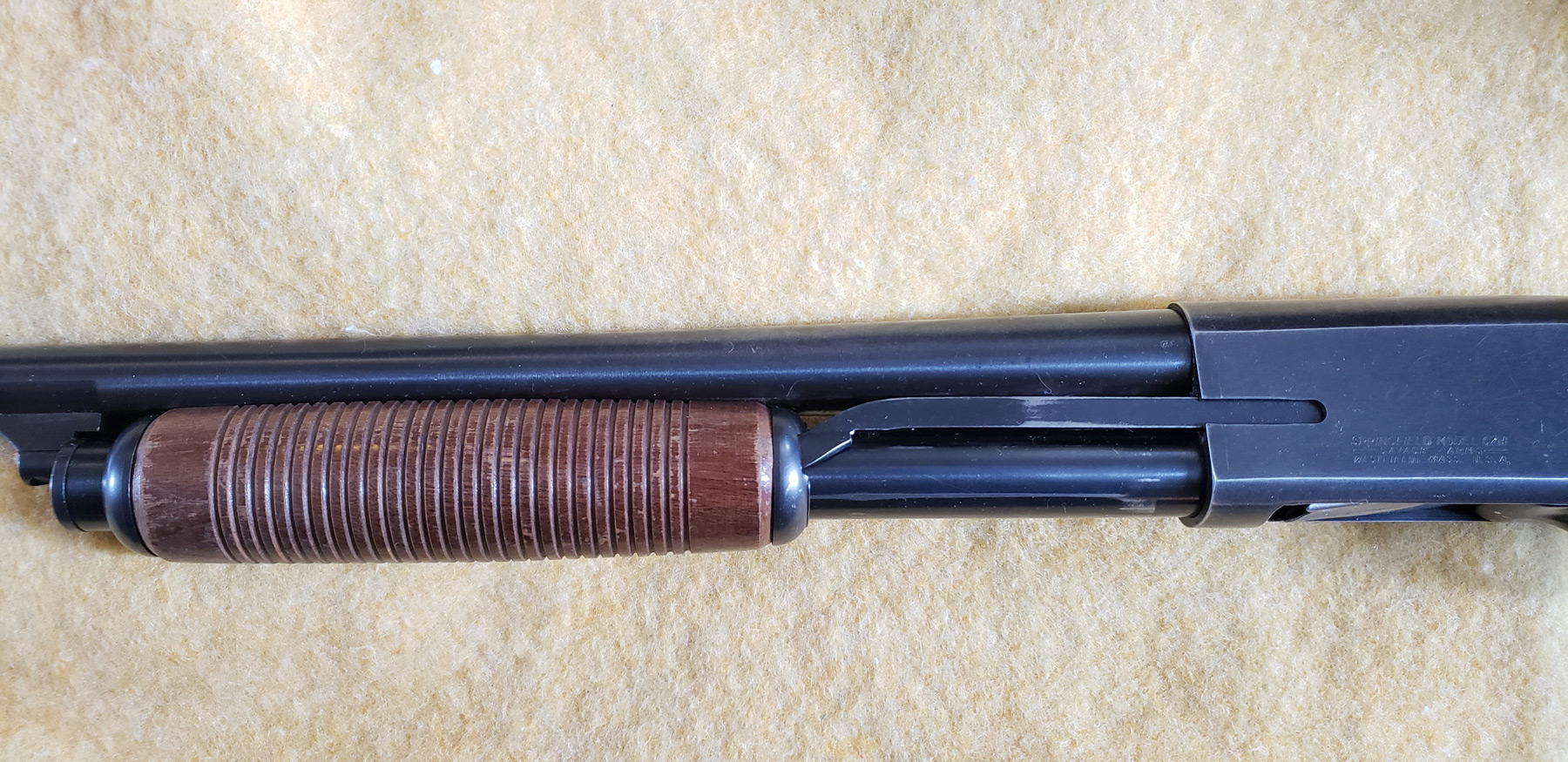
But again - the earlier ones didn’t seem to be as problematic. In fact, the US government ordered more than 60,000 short-barreled Savage Model 77 combat shotguns in 1963. Winchester’s Model 12 was about to be discontinued, and with the Vietnam War around the corner, America and her allies were going to need new shotguns. Digging through historical research, it seems many of the Model 77 shotguns were originally intended for South Vietnamese troops. IT’s possible the US military viewed them with a somewhat skeptical eye, intending to keep Winchester, Ithaca and Remington’s trench guns for their own use. But, as it turned out, plenty of US troops ended up with Savage’s 77. You don’t hear loud outcryings against them these days (perhaps because Vietnam vets are too busy saying nasty things about their original-production M16 rifles). In their day, it seems Savage’s pump actions were good enough for combat, the toughest test of any firearm.
As a company, Savage had plenty of confidence in this pump-action design through the 1960s, and not just because of the military sales of the Model 77. Savage built the Model 30 on the same basic action. This was intended for more discerning customers, with a top tang safety, engraving and checkering, vent ribs, and other higher-end features.
Savage also based its Model 170 pump-action rifle on the same action. This came in carbine and full-length barrels, in .30-30 and .35 Remington. Like the shotguns, the Model 170 was available under other brand names, and tended to have a reputation for jamming as the guns aged--you really had to make that first shot count. At least they were fairly accurate, as most Savage rifles.
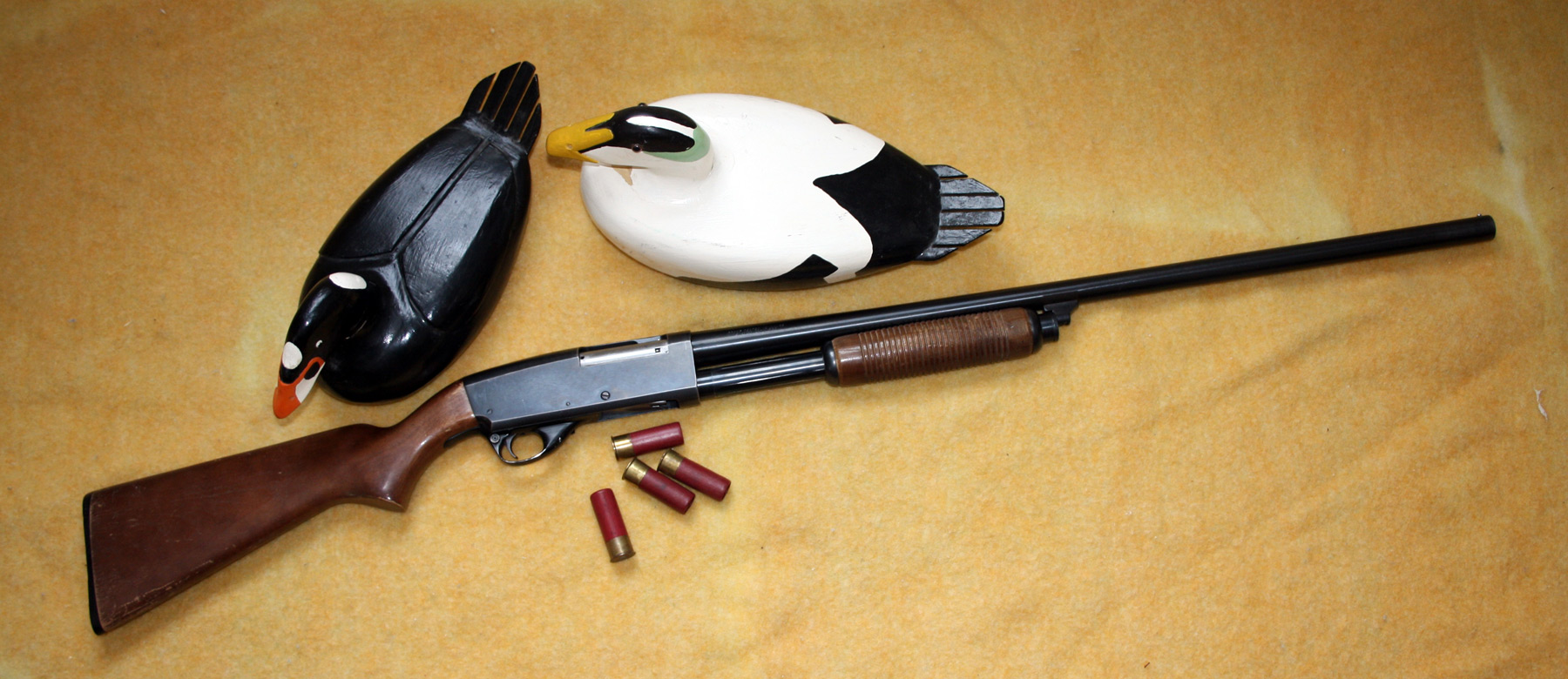
The 67, 77, 170 and other shotguns and rifles based on this action were all cancelled in the 1980s. Now, when you ask older shooters, they’ll generally tell you to stay away from these shotguns. But if you find one in good shape, you won’t wear it out potting the occasional partridge or rabbit. Most of them come with a fixed full choke, so they aren’t optimal for duck shooting, but you might get away with a lighter steel shot (#4s and smaller). Of course, they’ll work just fine with buckshot or slugs on deer as well, although they tend to deliver a lot of recoil thanks to their light weight.
There are probably dozens of variants of these models in the US, but the CIL 607, Savage 77 and Springfield 67 variants are the most common in Canada. They’re usually priced around the $150-$200 mark, and that’s about what they’re worth. Any more than that, and you can afford a second-hand Turkish or Chinese pump-action based on a more trustworthy design. But for two C-notes or less, you get a chance to buy a shotgun with old-school all-steel design, a long production run and a combat-proven history. Just don’t expect it to last like a Winchester Model 12.